
Japan’s Unique Architecture: Top 8 Traditional and Modern Landmarks
Japan is renowned for its unique blend of ancient architectural heritage and cutting-edge modern designs. From centuries-old temples and castles to contemporary skyscrapers and innovative public spaces, Japanese architecture reflects the country’s deep respect for tradition and forward-thinking creativity. This guide explores eight of Japan’s most iconic architectural landmarks, offering a journey through both traditional and modern styles that showcase the evolution of Japanese design.
Whether you’re interested in historical structures or contemporary marvels, these architectural landmarks highlight Japan’s dedication to craftsmanship, functionality, and aesthetic beauty.
Contents
1. Kinkaku-ji (Kyoto)
Kinkaku-ji, also known as the Golden Pavilion, is one of Japan’s most iconic traditional structures. Located in Kyoto, this Zen Buddhist temple is famous for its top two floors covered in gold leaf, which reflect beautifully on the surrounding pond. Originally built as a retirement villa for a shogun in the 14th century, Kinkaku-ji was later converted into a temple. The serene setting, paired with the building’s elegance, symbolizes the harmony between Japanese architecture and nature.
Visitors can stroll around the temple grounds, enjoying the meticulously maintained gardens and peaceful atmosphere. Kinkaku-ji exemplifies traditional Japanese aesthetics and remains one of Kyoto’s most visited landmarks.
2. Himeji Castle (Hyogo)
Himeji Castle, located in Hyogo Prefecture, is one of Japan’s best-preserved and most beautiful castles. Often referred to as the “White Heron Castle” due to its brilliant white exterior, the castle showcases Japan’s feudal-era architectural style. Himeji Castle is renowned for its defensive design, including complex pathways and steep walls intended to deter invaders. The main keep offers panoramic views of the surrounding area, providing a glimpse into the strategic importance of such castles during Japan’s feudal period.
As a UNESCO World Heritage Site, Himeji Castle is celebrated for its historical and architectural significance. It remains a symbol of resilience, having survived wars, earthquakes, and fires.
3. Todai-ji Temple (Nara)
Todai-ji Temple, located in Nara, is a landmark of Japanese Buddhist architecture and home to the Great Buddha, one of the largest bronze statues of Buddha in the world. Constructed in the 8th century, the main hall, Daibutsuden, is one of the largest wooden structures globally, showcasing the skill of ancient Japanese carpenters.
The temple complex includes several historical buildings, gates, and beautiful gardens, creating a tranquil environment for reflection. As both a spiritual and architectural marvel, Todai-ji remains a must-visit destination for those interested in Japan’s religious and cultural history.
4. Meiji Jingu Shrine (Tokyo)
Located in the heart of Tokyo, Meiji Jingu Shrine is a serene Shinto shrine dedicated to Emperor Meiji and Empress Shoken. Nestled within a 70-hectare forest, the shrine is an oasis of calm amidst Tokyo’s bustling cityscape. Built in the early 20th century, Meiji Jingu combines traditional Japanese shrine architecture with simple, elegant woodwork and expansive grounds.
The shrine is particularly popular during New Year’s celebrations, when visitors come to make their first prayers of the year. Meiji Jingu symbolizes the preservation of Japanese tradition in a modern urban setting.
5. Tokyo Tower (Tokyo)
Modeled after the Eiffel Tower, Tokyo Tower has become an iconic symbol of Tokyo’s skyline since its completion in 1958. Standing at 333 meters, this red and white tower was originally constructed as a broadcast tower and serves as a popular tourist destination. Visitors can enjoy panoramic views of Tokyo from the observation decks, which offer a unique perspective of the city.
Tokyo Tower represents Japan’s rapid modernization during the post-war era and remains a symbol of innovation and progress.
6. Umeda Sky Building (Osaka)
The Umeda Sky Building, one of Osaka’s most distinctive architectural landmarks, consists of two connected skyscrapers with a unique observation deck called the “Floating Garden Observatory.” Completed in 1993, the building’s design was groundbreaking at the time and continues to attract architecture enthusiasts from around the world. The rooftop observatory offers 360-degree views of Osaka, making it a popular spot for cityscapes and sunset views.
The Umeda Sky Building combines futuristic design with functionality, showcasing Osaka’s architectural innovation.
7. teamLab Borderless Museum (Tokyo)
teamLab Borderless is an immersive digital art museum in Tokyo, created by the collective teamLab. Opened in 2018, this museum breaks the boundaries of traditional art spaces by offering interactive installations that change and adapt with the presence of visitors. The museum’s “borderless” concept means that there are no fixed walls or frames, allowing visitors to experience art as a continuous, flowing environment.
teamLab Borderless represents Japan’s leadership in digital and experiential art, blending technology and creativity in an entirely new form of architecture and design.
8. Tokyo Skytree (Tokyo)
Tokyo Skytree, completed in 2012, is Japan’s tallest structure and the world’s tallest tower, standing at 634 meters. Primarily a broadcasting and observation tower, Tokyo Skytree has quickly become a landmark symbol of modern Tokyo. The tower’s design incorporates traditional Japanese aesthetics, including a curved shape inspired by ancient pagodas, combined with cutting-edge technology.
The two observation decks provide breathtaking views of Tokyo and, on clear days, even Mount Fuji. Tokyo Skytree is a testament to Japan’s architectural ambition and innovation, making it a must-visit for architecture and cityscape enthusiasts.
9. Conclusion: Embracing Japan’s Architectural Diversity
Japan’s architectural landmarks span from ancient temples and castles to contemporary skyscrapers and digital museums, reflecting a society that values both tradition and innovation. Each of these eight landmarks provides a unique perspective on Japanese history, culture, and creativity, showcasing the diversity and depth of Japan’s architectural legacy.
Whether you’re captivated by the golden elegance of Kinkaku-ji or the futuristic design of Tokyo Skytree, Japan’s architectural sites offer insights into the nation’s past and future. Exploring these landmarks is not only an opportunity to witness beautiful structures but also to experience the cultural values that have shaped Japanese architecture over centuries.
Share
You may also like
-

Visiting Japan’s Love Hotel Districts: What to Expect
Japan’s love hotel districts are famous for their unique and fascinating blend of privacy, creativity, and a touch of...
-

Top 10 Late-Night Dining Spots in Tokyo’s 24-Hour Cafes
Tokyo’s vibrant nightlife extends well beyond bars and nightclubs, with a thriving late-night dining culture tha...
-

Best Night Tours in Tokyo for After-Dark Adventures
Tokyo’s nightlife is renowned for its energy, vibrancy, and unique blend of traditional and modern experiences. From ...
-

Japan’s Late-Night Food Culture: 8 Best Street Eats
Japan’s late-night food culture is a vibrant experience, especially in bustling cities like Tokyo and Osaka, where de...
-

7 Rooftop Bars in Tokyo for Stunning Views
Tokyo’s rooftop bars offer some of the best ways to soak in the city’s skyline while enjoying drinks, atmosphere, and...
-

10 Best Nightclubs in Tokyo for Dancing and Music Lovers
Tokyo's nightlife is renowned for its variety and energy, with nightclubs that range from high-energy dance floors to...
-

8 Themed Bars and Cafes You Need to Visit in Tokyo
Tokyo is famous for its creative and quirky themed bars and cafes, offering immersive experiences for locals and...
-

Tokyo Nightlife Guide: Shinjuku, Shibuya, and Roppongi Highlights
Tokyo’s nightlife is legendary, offering a mix of vibrant energy, entertainment, and unique experiences in some of it...
-
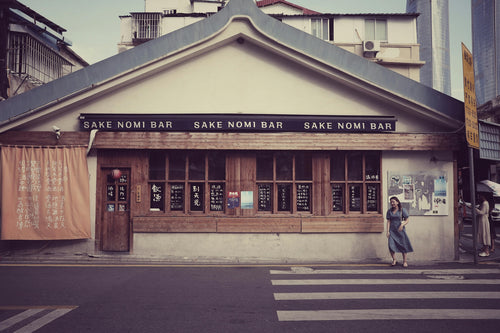
7 Best Japanese Sake Bars in Tokyo
Tokyo is home to some of Japan’s best sake bars, offering both locals and visitors an opportunity to explore the...
-

Top 6 Observation Decks in Tokyo for Scenic Views
Tokyo’s observation decks offer some of the best panoramic views of the city, giving visitors a chance to see th...
-

Night Cruises in Tokyo: Enjoy the City Views
Tokyo’s skyline is mesmerizing at any time, but experiencing it from the water on a night cruise adds a magical ...
-
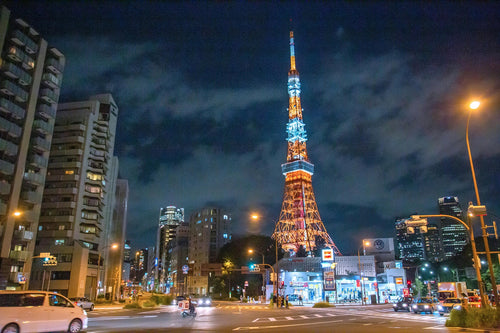
Roppongi Art and Nightlife Guide
Roppongi is one of Tokyo’s most vibrant districts, known for its lively nightlife, sophisticated art scene, and ...
-

Nightlife Guide to Shinjuku Kabukicho
Shinjuku’s Kabukicho district, known as Tokyo’s “Sleepless Town,” is the center of nightlife in Tokyo. Renowned ...
-

6 Best Night View Spots in Tokyo
Tokyo at night is a breathtaking spectacle, with illuminated skyscrapers, iconic landmarks, and bustling streets that...
-

Top 12 Sake Breweries in Japan for Tasting and Tours
Japan’s sake culture is celebrated around the world for its depth, complexity, and rich history. Sake, or nihons...
-

How to Enjoy a Night at a Japanese Izakaya
Japanese izakayas are casual, lively spots where locals gather after work to enjoy drinks, share small plates, a...
-

Exploring Karaoke Culture in Japan: 8 Best Places to Sing
Karaoke is an integral part of Japanese culture, offering a fun and entertaining way for friends, family, and even co...
-

5 recommended bars in Golden Gai
Golden Gai, nestled in the heart of Tokyo’s Shinjuku district, is one of the city’s most iconic bar districts. Known ...
-

10 Japanese Gardens You Should Visit for Tranquility
Japanese gardens are renowned for their beauty, tranquility, and intricate designs that reflect harmony with nature. ...
-

Japan’s Kimono Heritage: Symbolism, Style, and Where to See
The kimono, Japan’s traditional garment, is a beautiful and symbolic representation of Japanese culture. From its int...
-
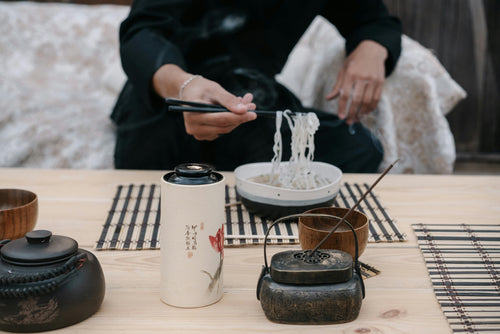
Etiquette Essentials for Visitors to Japan
Japan’s culture is rich in respect, politeness, and consideration, making etiquette an essential part of daily l...
-
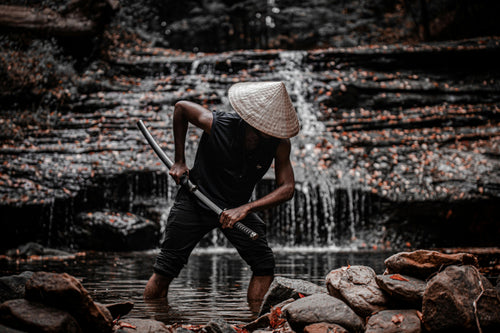
7 Best Places to Discover Japan’s Samurai History
Japan’s samurai history is one of honor, skill, and deep cultural influence, stretching back centuries and leaving an...
-
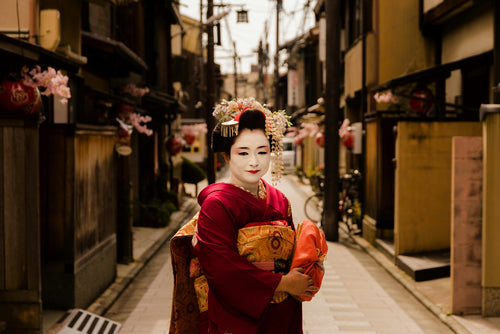
Geisha Culture in Japan: Myths and Realities
The world of geisha, Japan’s skilled performers and keepers of traditional arts, has long intrigued people around th...
-
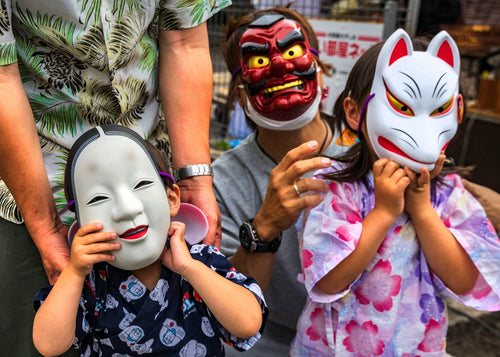
10 Traditional Japanese Festivals (Matsuri) You Can’t Miss
Japanese festivals, or *matsuri*, are vibrant celebrations of cultural heritage, featuring elaborate costumes, l...
-
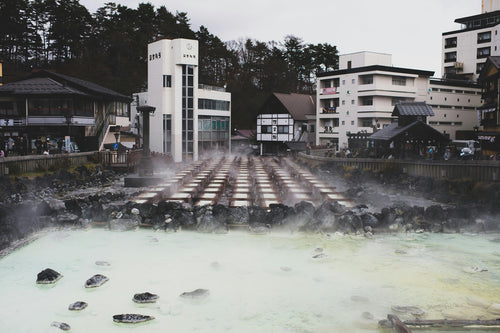
Japan’s Three Great Onsen: A Guide to Famous Hot Springs
Japan is famous for its natural hot springs, or *onsen* (温泉), offering visitors a unique opportunity to relax and rej...
-
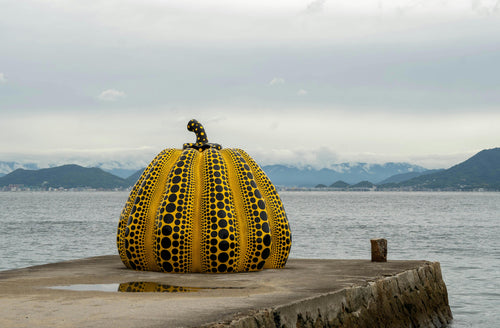
Japanese Art Exploration: Best Spots to Enjoy Art in Japan
Japan is a country rich in artistic heritage, from centuries-old traditional crafts to modern, innovative instal...
-

Guide to Japan’s Fireworks Festivals: When and Where to Go
Japan’s summer fireworks festivals, known as "hanabi taikai" (花火大会), are among the most anticipated events in th...
-
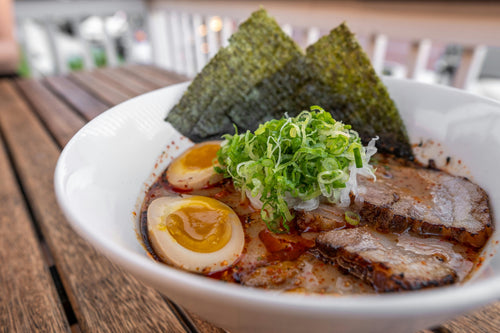
Where to Experience Ramen-Making Classes in Japan
Ramen is one of Japan’s most beloved dishes, with countless regional styles and flavors that attract food lovers from...
-

Power Spot Tours: Japan’s Famous Temples and Shrines
Japan is a land steeped in spiritual history, and visiting its temples and shrines provides not only a glimpse i...
-
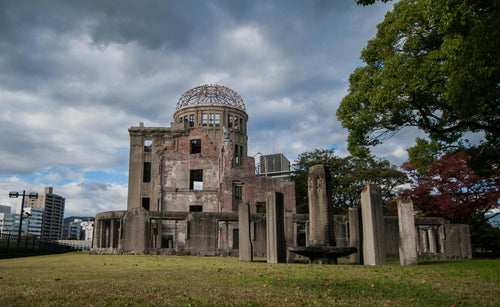
UNESCO World Heritage Site Tour Guide in Japan
Japan is home to numerous UNESCO World Heritage Sites, each offering a glimpse into the country’s rich cultural herit...
-

5 Famous Japanese Castles: History and Highlights
Japan is home to some of the most beautiful and historically significant castles in the world. Built during the feuda...
-
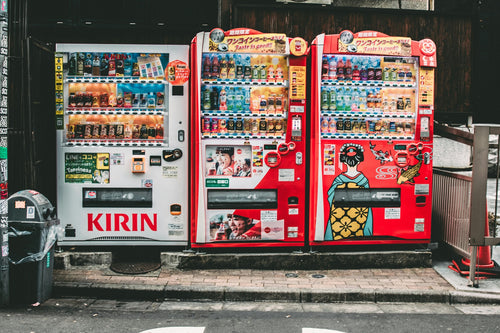
10 Unique Drinks to Try from Japanese Vending Machines
Japan is famous for its vending machines, offering an incredible variety of drinks that go beyond just soft drinks an...
-
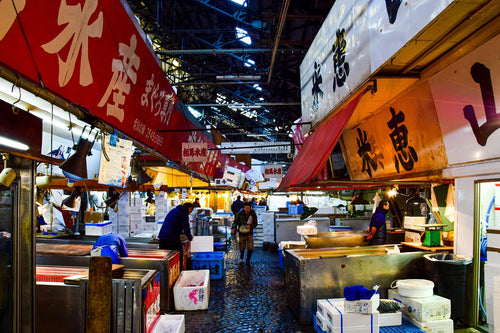
Tokyo Market Guide: Exploring Tsukiji and Toyosu Markets
Tokyo's Tsukiji and Toyosu Markets are must-visit spots for food lovers and anyone interested in Japan’s rich culinar...
-

Experiencing Traditional Tea Ceremony in Tokyo
The Japanese tea ceremony, or "chanoyu," is a cultural experience steeped in tradition, aesthetics, and mindfulness....
-

Top 7 Cherry Blossom Viewing Locations in Tokyo
Springtime in Tokyo is synonymous with the cherry blossom season, a breathtaking period when the city’s parks, rivers...
-
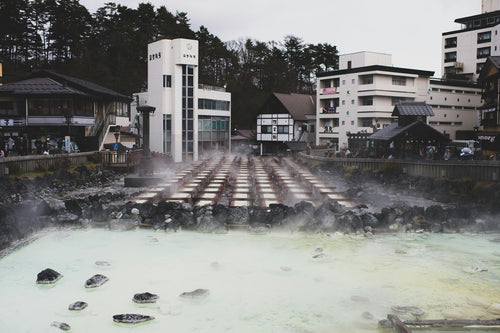
What is Onsen? A Guide to History, Benefits, and Etiquette
Onsen, Japan’s cherished hot spring culture, offers a unique blend of relaxation, scenic beauty, and deep-rooted trad...
-

What is Sake? Its Production Method and History
Sake is a traditional Japanese alcoholic beverage made from fermented rice. It has been enjoyed in Japan for over a t...
-

8 hot springs with beautiful scenery near Tokyo
Tokyo is a bustling metropolis, but just outside the city are some of Japan's most serene hot springs, or onsens, off...
-

Top 10 museum to visit in Tokyo
Tokyo is home to a diverse range of museums that cater to all interests, from art and history to technology and pop c...
-
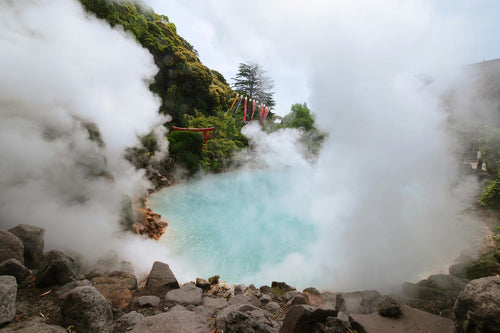
9 Best Hot Spring and Bathhouse in Tokyo
Tokyo is known for its vibrant urban energy, but it's also a fantastic place to relax and rejuvenate in hot springs (...
-

15 Famous Temples and Shrines to Visit near Tokyo
Tokyo and its surrounding areas are home to many famous temples and shrines that showcase Japan's rich spiritual and ...









































